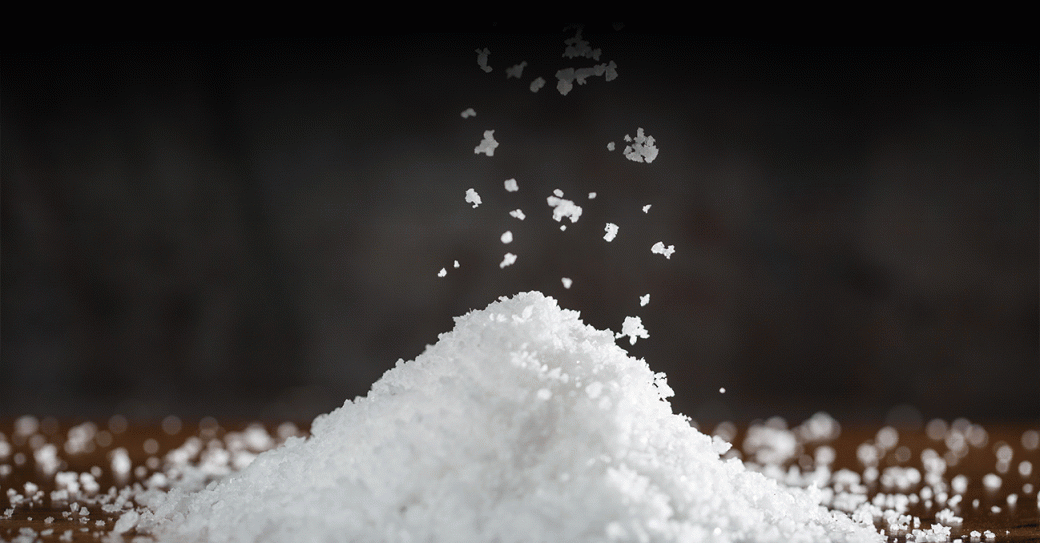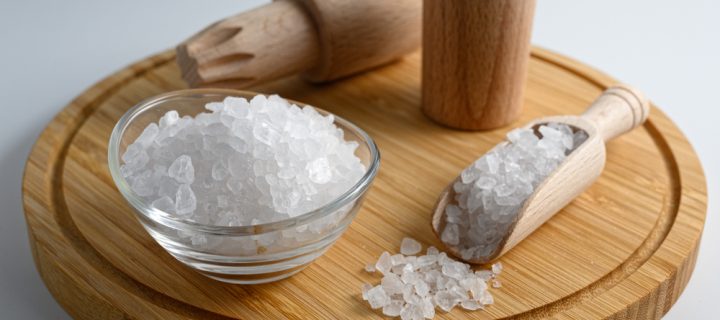How much salt do you think you consumed yesterday?
Well, whatever your guess is, you’re probably off. Way off.
In a new study published in the journal Appetite, researchers asked patrons outside fast-food restaurants how much salt they think they just ate. On average, answers were almost always six times too low.
The study’s authors suggest this is due to people shying away from salt to season home-cooked meals, while restaurants use the ingredient more aggressively to flavour their meals. Salt is also heavily used in food additives, and as a preservative to increase shelf life. So even foods that don’t taste salty – think pastries, doughnuts, and bread – can have an abundance of it.

Related: 4 Salt-Free Tips to Give Your Meals a Kick
The truth is in the numbers: 89% of Americans eat too much salt, and with the recommended amount being no more than 2,300 milligrams of sodium a day – the average American eats about 3,600 mg every day.
Consuming too much salt means the body retains more water, leading to increased blood pressure, and negative effects on the heart, blood vessels, brain and kidneys. Overconsumption can eventually lead to hypertension, heart attack, and stroke, too, according to the Harvard T.H. Chan School of Public Health.
In the study, they found adults ate roughly 1,300 mg of sodium in a single fast-food sitting, or more than half of the upper echelon of the recommended daily limit. The average guess by the fast food eaters? 200mg. That’s only off by a mere 650%!
 And that’s for the people who even bothered to take a guess at all.
And that’s for the people who even bothered to take a guess at all.
“25% of the people we approached had absolutely no idea about the amount of sodium in their meal and couldn’t even provide an estimate,” says study author Alyssa Moran, a registered dietitian and doctoral student at the Harvard School of Public Health.
Information on sodium isn’t readily available in chain restaurants. But that’s changing. In 2015, New York became the first city in the country to require restaurants to post warning labels on meals with over 2,300mg of sodium.
Related: 4 Spring Detox Tips Recommended by Dieticians
“Right now it’s only in New York City, but we have a feeling that other local governments will probably follow suit,” Moran says. “We saw that that happened when New York City started posting calories on menu boards.”
This could be the start of finally helping people curb a ton of salt from their diet, or at least help people have less embarrassing guesses as to what their salt intake is.
Photo credit: dinosmichail/Shutterstock












